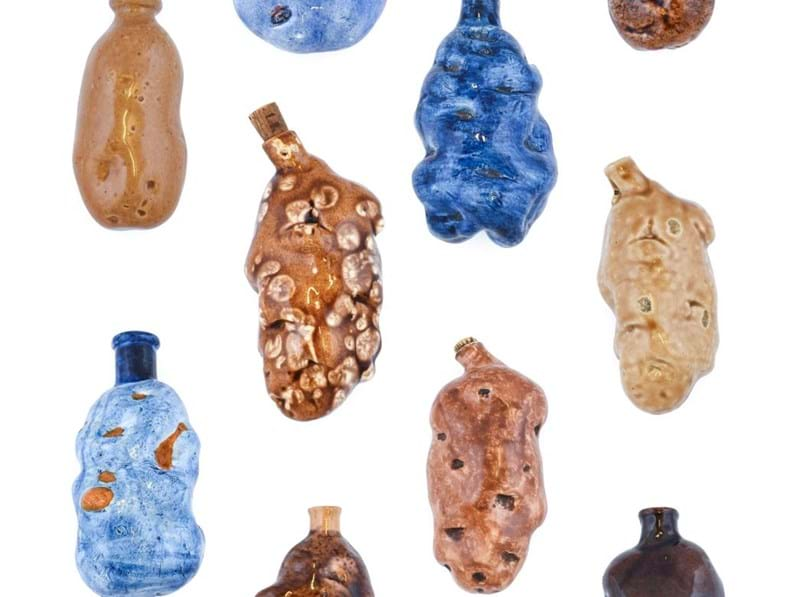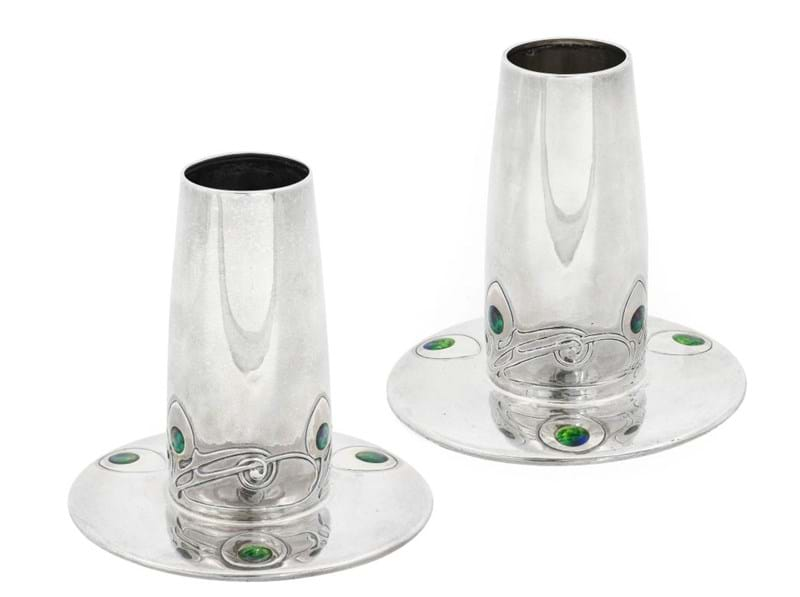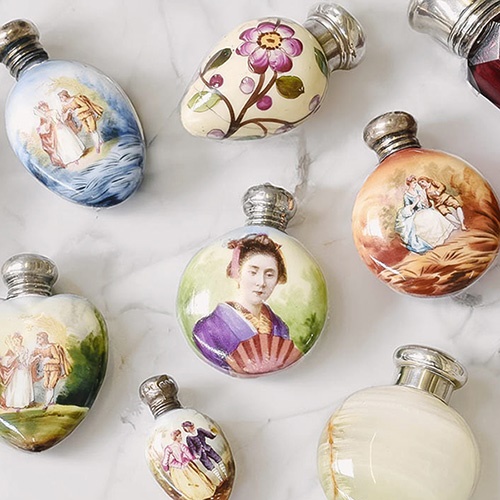This June, a group of four works by Tom McGuinness will be sold in the Modern & Contemporary Art Sale at Tennants Auctioneers. The works were purchased directly from the artist by lifelong friend of the artist Sidney Lockey, the pair having first met at school in Witton Park. Lockey often visited McGuinness in his studio, watching him paint as they put the world to rights, and occasionally making an offer on a painting while it was still on the easel. He was an early supporter of his friend’s work, which he continued to collect throughout his life, cherishing each and every piece. The pair kept in regular touch until the Lockey died a year before McGuinness, and he kept a file full of memorabilia about the artist, filled with newspaper cuttings, exhibition programmes and photographs.
The works on offer in the 15th June Sale include the oil on board “Pipe Men”, dated 1965 (estimate: £2,500-4,000 all figures exclude buyer's premium), and three mixed media works “Miner Working at Coal Face”, dated 1969 (estimate: £400-600), “Miner at Seam”, dated 1969 (estimate: £300-500), and “Pipe Men”, dated 1965 (estimate: £700-1,000).
Over the course of his career, Tom McGuinness (1926-2006) created an extraordinary and highly personal artistic record of the life of a miner in the North East.
Born into the poverty-stricken community of Witton Park, which was still feeling the effects of the closure of the nearby smelting works at the end of the 19th century, McGuinness showed an early talent for drawing. Leaving school in 1940, he held several odd jobs before being conscripted into the mines as a Bevin Boy, to help bolster a shortfall in the coal industry left by an aging and dwindling workforce. In the course of his 39 years in the mines, McGuinness worked in many of County Durham’s collieries, and whilst it provided a stable income for him and his family, the ever-looming extremes of mining – the backbreaking work, the constant threat of injury and death, the harsh conditions – sparked a creative urge in him. The mines proved a powerful inspiration, and he turned his experiences into an important body of art.
With the encouragement of his family and his colliery training officer, who spotted him drawing on the side of coal tubs, he enrolled in Darlington School of Art in 1944, but all the while continued to educate himself by studying human anatomy and visiting galleries and exhibitions in his own time. In 1948, however, he joined the Spennymoor Settlement – a miners’ education and recreation organisation – and came into the circle of writer Sid Chaplin, artist Norman Cornish and Bill Farrell, the Settlement’s director. Farrell was an exponent of experiential art, and encouraged McGuinness to paint what he knew, which was mining.
A fine draughtsman, McGuinness gradually began to find his unique artistic voice by distorting imagery to powerful emotive effect. Line, tone, colour and composition were exaggerated and twisted to greater express what it felt like to be in the mines. The figures are quite literally shaped by the mines; they become hunch backed, rounded like the tunnels, their legs skinny and bowed to echo the arching props, whilst unnatural perspectives leave the viewer feeling off-balance and at the mercy of the sloping, twisting, coffin-like spaces, claustrophobic and vulnerable. Vibrant, almost surreal glazed colours heighten the unearthly, almost nightmare quality of his work. McGuinness’ lived this world every day, filling sketchbooks in brief breaks underground; he was a participant in his art not merely an observer.
In 1958, his work was first shown in London at the offices of the Coal Industry Social Welfare Organisation, and in 1969 he was part of a collaborative exhibition at The Stone Gallery, Newcastle with Norman Cornish and Josef Herman, who painted the Welsh coalfields. Working in partnership with an agent, Lord Hirshfield, he secured his first solo London exhibition at the John Whibley Gallery, Cork Street in 1972 and went on to be the star of a BBC Omnibus documentary. By the time of his death in 2006, McGuinness had held over 50 solo exhibitions, with his work held in public and private collections throughout the world. Despite being made redundant in the early 1980s, McGuinness remained dedicated to portraying world of the miner and the changing face of the mining communities as the collieries gradually shut down. Today, his work remains a visceral reminder of the lives of generations of men and women in the North East, and is deservedly much in demand at auction.
View Sale Details

















